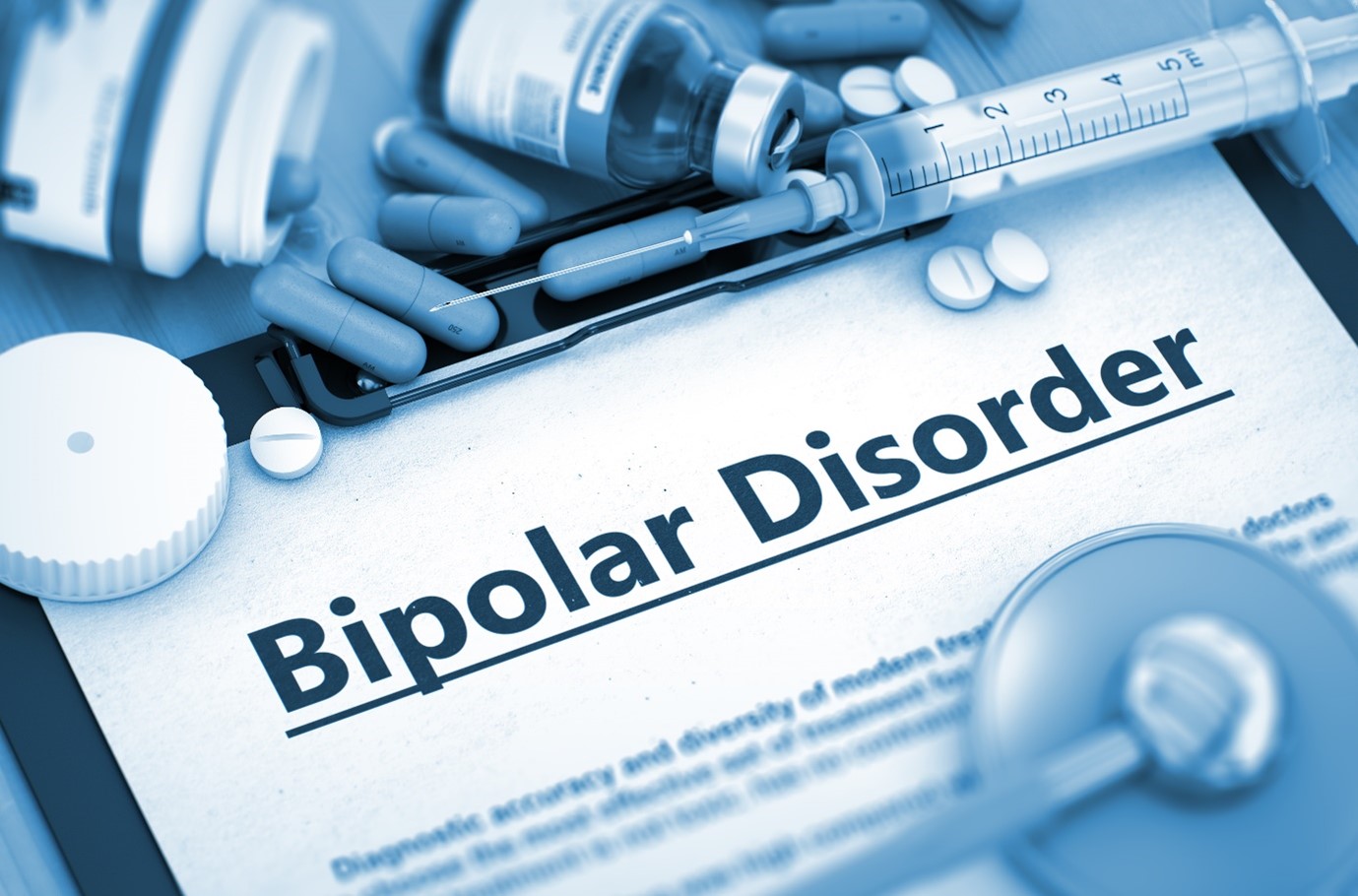This article is a summary of a webinar in Singapore that took place on 28th March 2022.
Experts in this Webinar
- Professor Mauricio Tohen, Distinguished Professor and Chairman, Department of Psychiatry & Behavioral Sciences, University of New Mexico, Albuquerque, New Mexico, USA.
- Adjunct A/Professor Mok Yee Ming, Chief of the department of Mood and Anxiety Disorders, Institute of Mental Health, Singapore
Goals of Treatment in Bipolar Disorder
Achieving full remission of acute episodes and preventing relapse are the main goals of managing bipolar disorders. Beyond symptoms control, additional goals that may be beneficial for the patients include
- Improving adherence to medications¹
- Monitoring residual symptoms after acute episodes1
- Improving psychosocial functioning, thereby improving the quality of life1
Treatment Non-adherence Leads to Relapse and Hospitalization
Treatment non-adherence is a serious problem in psychiatric treatment, as it can increase the risk of relapse and hospitalization and impair the quality of life.² A retrospective cohort analysis of 9,410 patients with bipolar disorder showed that 60% patients were non-adherent. ³ Treatment adherence is crucial not only to prevent relapse but also to reduce the risk of hospitalization, which increases with the number of relapse episodes. ⁴
“First episode psychosis, specifically first episode mania, is the riskiest time in terms of non-adherence. Such patients will get well and question the need for medication when they do not have symptoms and then stop their medication. Physicians must build an alliance with and work together with these patients, ask about non-adherence and follow them closely to make sure they continue with the prescribed treatment.” Professor Mauricio Tohen
Residual Symptoms Worsen Adherence and Increase Risk of Recurrence
Residual symptoms, including depressive symptoms, constitute another major issue in bipolar disorders management as they are linked to social, occupational, and cognitive impairment, and low adherence to medication. ⁵ Risk of recurrence is 3.4 times higher and 5 times faster (24 weeks versus 123 weeks) in patients with residual symptoms compared to asymptomatic recoverees. ⁶
Prof. Tohen shared the role of long-acting injectable (LAI) antipsychotics in improving adherence and reducing risk of relapses. He highlighted aripiprazole once monthly (AOM 400) demonstrated 37–68% reduction in all-cause and psychiatric hospitalizations, over 2 years follow up.⁷ AOM 400 is effective and well-tolerated with 87% of AOM 400-naive and 97.6% AOM 400-experienced patients maintaining stability over 52 weeks.⁸ Additional advantages of LAIs include stable blood level of medication and less risk of overdose.[i] Follow-up visits for injection facilitate regular patient-physician interaction providing an opportunity for monitoring and early detection of relapse.9
“Patients and physicians should be educated on the advantages of LAIs so that they can be used earlier, even for first episode cases, and not as a last resort in non-adherent patients or when oral agents do not work. Shared decision making with patient-centred approach is essential to improve patient acceptance.” Professor Mauricio Tohen
Barriers to use of LAIs
Despite the advantages of LAIs in reducing hospitalization and providing better control for the patients, LAIs remained underused and are not considered as first-line treatment for bipolar disorder.
“Lack of patient’s insight, denial of the condition, cost of LAI, fear of injections are key challenges for use of LAIs in Singapore.” Dr. Mok Yee Ming
“Requests by patients with bipolar disorder and/or their families to stop medications once they feel better are quite common.” Dr. Mok Yee Ming
Non-adherent Patient: A candidate for LAI Antipsychotic
Almost 50% patients on lithium are non-adherent. Furthermore, patients who discontinue lithium abruptly carry a 5 times higher risk of relapse. ¹⁰ “Such patients are good candidates for LAI,” explained Prof. Tohen. “AOM 400 injection should be started, along with oral antipsychotic for 14 days. Physicians should not wait for 30 days for the next visit, but follow-up with the patient within 7-10 days of first injection. A two-injection start regimen can be considered in patients who might not be compliant with the oral overlap for 14 days.” ¹¹,¹² added Prof. Tohen.
Can Bipolar Patients Stop Medication?
Relapse rate in bipolar disorder is as high as 90%, with 50% relapses occurring within the first 2 years. ¹³ Recurrence rate after first episode of mania is 25.7% within 6 months, 41% by 1 year, and 59.7% by 4 years.¹⁴ Prof. Tohen cautioned it is not advisable to stop medication, however, if stopping medication is considered (e.g., before pregnancy), it is essential to wait for at least 2 years, ideally 4 years after stabilization, after which medication can be tapered off slowly under supervision.
Functional disability in bipolar disorder results in difficulty in maintaining relationships, interpersonal stress, unemployment, and job-related difficulties.13 Prof Tohen presented two patient cases with bipolar disorder, illustrating the role of AOM 400 in their functional recovery, supported with evidence over 52 weeks. Dr Mok also shared a case of starting AOM 400 LAI to effectively manage residual symptoms and regain function.




